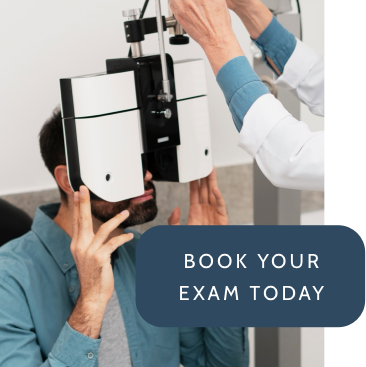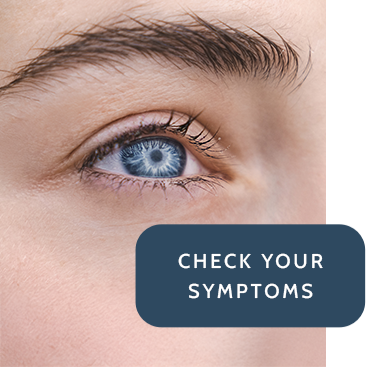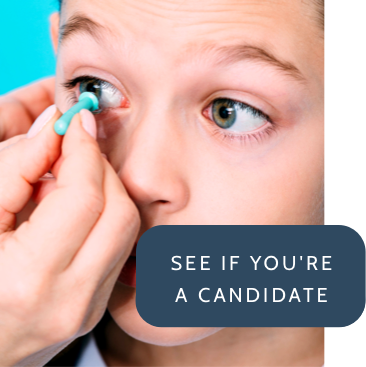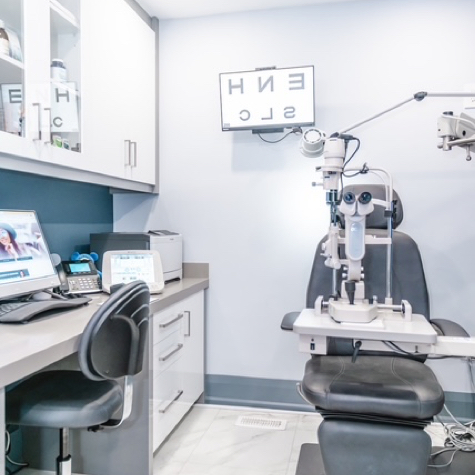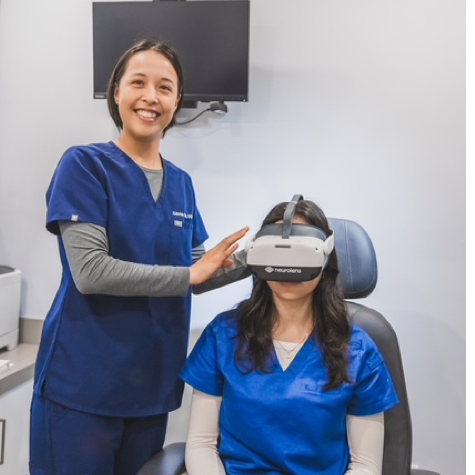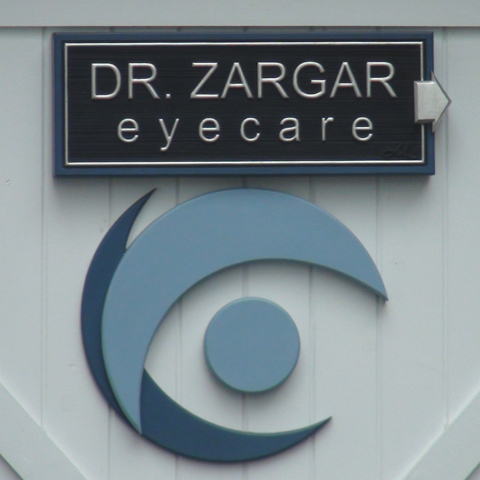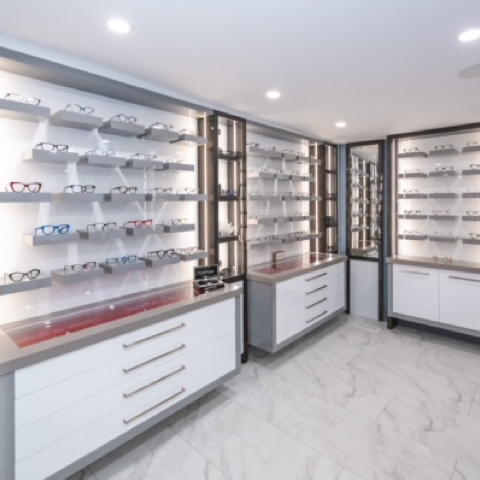After an eye exam, you may receive a prescription filled with numbers and abbreviations that seem confusing. To read your eye prescription, start by understanding the key components, such as sphere (SPH), cylinder (CYL), axis, and pupillary distance (PD), which detail the corrections needed for your vision.
Annual eye exams are an important part of your overall health. Here at Zargar Eyecare, we believe in comprehensive care, which includes not only detailed eye health assessments but also providing a wide selection of frames and lenses tailored to your individual needs. Whether you’re looking for functional, fashionable, or a combination of both, our team is here to guide you every step of the way.
Why Understanding Your Eye Prescription Matters
Your prescription isn’t just a list of numbers—it’s a detailed plan for correcting your vision. Knowing how to read it can help you:
- Choose the best glasses or contact lenses for your needs.
- Track changes in your prescription over time.
- Feel empowered to ask your optometrist informed questions.
While your prescription focuses on vision correction, it also serves as a useful reference for understanding your eyes’ overall needs.
Breaking Down the Key Components
Eye prescriptions contain specific terms and measurements. Here’s what they mean:
OD & OS
- OD (Oculus Dexter): Refers to your right eye.
- OS (Oculus Sinister): Refers to your left eye.
These Latin terms help differentiate between your eyes. Sometimes you might see OU (Oculus Uterque), meaning both eyes.
SPH (Sphere)
This value measures the lens power needed to correct nearsightedness or farsightedness:
- Negative (-): Indicates nearsightedness, or difficulty seeing far away.
- Positive (+): Indicates farsightedness, or difficulty seeing up close.
The further the number is from zero, the stronger the prescription required.
CYL (Cylinder)
If you have astigmatism, the CYL value indicates how much lens power is needed to correct the irregular shape of your cornea or lens. If this value is blank, no correction for astigmatism is needed.
AXIS
This measurement works with the CYL value and specifies the orientation of the astigmatism correction. It is measured in degrees from 1 to 180.
ADD (Addition)
This value is for people who need multifocal or progressive lenses. It represents the extra magnification required for close-up tasks like reading.
PD (Pupillary Distance)
PD measures the distance between your pupils in millimetres. Accurate PD ensures that your lenses align correctly with your eyes, which is crucial for clear and comfortable vision.
How to Read & Interpret Your Prescription
With the help of a few simple steps, you’ll be able to easily read your eye prescription.
Step 1: Identify the Eye
Start by noting whether the values apply to your right eye (OD), left eye (OS), or both eyes (OU).
Step 2: Review SPH Values
Determine if you are nearsighted (negative SPH) or farsighted (positive SPH) and the degree of correction needed.
Step 3: Check for Astigmatism
If CYL and AXIS values are included, you have astigmatism. These values indicate the degree and orientation of correction.
Step 4: Note ADD Values
If your prescription includes ADD, it means you require additional magnification for near tasks like reading or computer work.
Step 5: Verify PD
Ensure the PD value is accurate, especially if you are ordering glasses. Misaligned lenses can cause discomfort and strain.

Common Myths About Eye Prescriptions
- “A higher number means worse eyesight.” The numbers indicate the level of correction needed, not the quality of your vision.
- “Prescriptions are the same for glasses and contacts.” Glasses and contact lens prescriptions differ because contacts sit directly on your eye, requiring additional measurements like base curve and diameter.
- “Your prescription reflects eye health.” An eye prescription focuses solely on vision correction. It doesn’t diagnose conditions like glaucoma or cataracts.
How Prescriptions Can Change Over Time
Your prescription may change due to several factors:
- Age: Natural aging processes can lead to presbyopia, making it harder to focus on nearby objects.
- Lifestyle: Increased screen time can cause digital eye strain, affecting your prescription.
- Health conditions: Chronic illnesses like diabetes can impact your vision and prescription needs.
Regular eye exams help detect these changes early, ensuring your prescription remains accurate.
When to Update Your Prescription
You should update your prescription if you notice:
- Frequent headaches or lasting eye strain.
- Difficulty seeing clearly, even with your current glasses or contacts.
- Blurriness or challenges with near or distant objects.
- Issues with night vision, such as glare or halos around lights.
Maintaining Good Vision Health
To reduce the need for frequent prescription updates, consider these tips:
- Schedule regular eye exams: Annual checkups are key to maintaining clear vision and monitoring your eye health.
- Protect your eyes from UV rays: Sunglasses with UV protection can prevent damage caused by prolonged sun exposure.
- Follow a balanced diet: Foods rich in vitamins A and C, omega-3 fatty acids, and antioxidants support healthy eyes.
- Take breaks from screens: Use the 20-20-20 rule—every 20 minutes, look at something 20 feet away for 20 seconds to help prevent digital eye strain.
Bringing Clarity to Your Vision Care
Deciphering your eye prescription can seem daunting at first, but it becomes straightforward once you understand the key components. By learning how to read it, you can make informed decisions about your vision care and feel confident in managing your eye health.At Zargar Eyecare in Richmond Hill, ON, we provide personalized eye care services to meet your unique needs. From comprehensive exams to our walk-in eyeglasses service, our team is dedicated to helping you achieve clear and comfortable vision. Book your appointment today to take the next step in your eye health journey.



